- Home
- Machining techniques
- CNC Machining Services
- Cooperative supply services
- Designs
- Materials
- Finishing Services
- Shop
- Products
- Guide
- About Us
- Contact Us
2020.1.14
In the construction sector, stainless steel plays a significant role, the products made from stainless steel are broadly used in various applications, the utilizing of CNC machining service overcomes some problems in the production and raises efficiency. Here we are introducing the stainless steel properties, machining process and tips, surface finishes, and more.
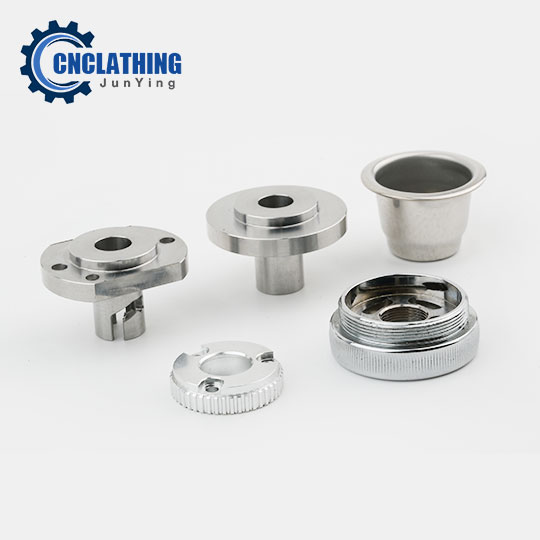
Stainless steel machining or manufacturing is the process of cutting, folding, bending, welding and other mechanical processing to obtain the needed stainless steel products. In the process of stainless steel machining, a large number of machines, equipment, and devices are functioning. The difference between stainless steel CNC machining and traditional machining is that the former one is through controlling the operation of the machine by digital technology to complete the specific movement and produce the designed items.
Stainless steel is a steel alloy, contains at least 10.5% chromium, less than 1.2% carbon and other alloying elements. The features of stainless steel make it an ideal material for CNC machining. The most notable characteristic of stainless steel is its corrosion resistance, which increases with the rising of chromium content. The mechanical properties of stainless steel can be further enhanced by adding other elements, such as nickel, molybdenum, titanium, niobium, manganese, etc. Stainless steel also has more advantages:
– Resistance to staining, low maintenance, and familiar luster
– High strength, tensile strength, ductility
– Temperature resistant, wear resistance
– Can be easily welded, machined and polished
Here are some common stainless steel series and types. Stainless steel can also be classified into austenitic, ferritic, martensitic, precipitation hardening, and duplex based on the metallurgical structure, or different series as below.
– 100 series: 102
– 200 series: 201, 202
– 300 series: 301, 302, 303, 304, 304L, 304LN, 305, 308, 309, 310, 316/316L, 316Ti, 321
– 400 series: 403, 405, 408, 409, 410, 410S, 410HT, 416, 416HT, 420, 422, 430, 439, 440, 446
– 500 series
– 600 series: 601, 610, 614, 630 (17-4 PH), 650, 660
– 900 series: 904
– Duplex: Duplex 2205, Duplex 2304, Duplex 2507, LDX2101
Surface finishing service is often applied to improve the corrosion resistance and change the appearance of stainless steel parts, but a rough surface finish can lower the corrosion resistance, do not overemphasize the importance of surface finish in that.
1. In the processing, the black oxide layer is easy to be produced after rolling, binding, welding or artificial surface heat treatment, to remove the oxide layer, there are two effective methods:
– Sandblasting: the main method is to spray micro glass beads to remove the black oxide layer on the surface.
– Chemical treatment: use a pollution-free pickling passivation paste and a cleaning solution with inorganic additives at room temperature without toxicity to wash, to recover the natural color of stainless steel.
2. Mirror finish: apply different polishing methods to achieve the specular luster according to the complexity of stainless steel products and different requirements
– Mechanical polishing: good levelness, bright, high labor intensity, serious pollution, difficult to process complex parts, low gloss, high investment, and cost. The gloss of the whole product is not consistent, and the lasting time is not long.
– Chemical polishing: less investment, complex parts can be polished, high efficiency, fast speed, insufficient brightness, polishing fluid needs to be heated, there is gas overflow, and ventilation equipment is required, suitable for complex products with low brightness requirements. Small batch processing is more cost-effective.
– Electrochemical polishing: to achieve mirror luster, long-term maintenance, stable process, less pollution, low cost, large one-time investment, ideal for complex parts, equipped with tooling and auxiliary electrodes. The process is stable and easy to operate, which can be widely used.
3. Colored finish: add colors to the stainless steel surface, increases the variety of designs, and improves the wear resistance and corrosion resistance of products.
– Chemical oxidation: apply color through chemical oxidation in a specific solution, including dichromate, mixed sodium salt, vulcanization, acid oxidation, and alkaline oxidation.
– Electrochemical: electrochemical oxidation in a specific solution.
– Oxidation coloring by ion deposition: put the stainless steel workpiece in the vacuum coating machine for vacuum evaporation plating. Suitable for mass production.
– High-temperature oxidation: immerse the workpiece in a specific molten salt with certain parameters, so that the workpiece forms an oxide film of a certain thickness, and presents a variety of colors.
– Vapor-phase thermal cracking: complex, less used.
1. Select the right tool material
– High-speed steel (HSS) or cemented carbide tools can be used for stainless steel machining.
– Tungsten HSS can be useful for their good abrasion resistance and red hardness.
– M42 can be used as CNC milling cutters.
– If the tools are prone to edge chipping, use a tougher grade, if tools are easy to burn, use a higher red hardness grade, if the tools are wearing, use a more wear-resistant grade.
Cemented carbides can be used for higher speed and higher feed.
2. Set up parameters in an appropriate range
Generally, the recommended SFM is between 100-350 for machining stainless steel parts, with a chip load ranging between 0.0005” for a 1/8” end mill up to .006” for a 1” end mill.
3. Choose proper coolant
The first thing is to find a reliable coolant manufacturer, then choose the best coolant according to the material properties, application, and coolant types. The coolant can affect tool wear, chip removal, surface finish, feed and speed, corrosion resistance and more. People who buy the coolant need to familiar with each type and feature to ensure normal manufacturing.
4. Machines
The machine should be of high quality, extremely robust and rigid, as the stainless steel is an exceptional hard metal.
Machines should not be excessively vibrated in the machine bed, drives and gearboxes.
5. Avoid the tool out of the toolbox.
The distance between the cutter tip and toolbox support should be as short as possible.
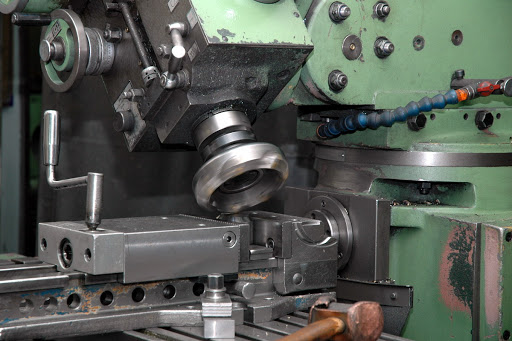 CNC Machining Vs Conventional Machining – Difference Between CNC Machining And Conventional Machining
CNC Machining Vs Conventional Machining – Difference Between CNC Machining And Conventional Machining
 Spring Material Types (Properties, Grades, Uses) & Best Selection for Your Project
Spring Material Types (Properties, Grades, Uses) & Best Selection for Your Project
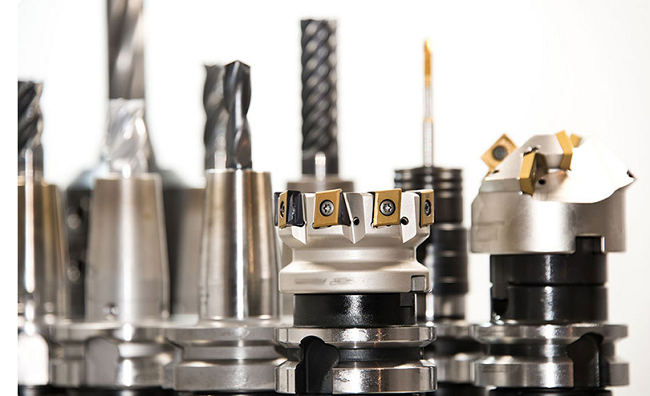 Top 12 CNC Machining & Programming Experiences | CNCLATHING
Top 12 CNC Machining & Programming Experiences | CNCLATHING
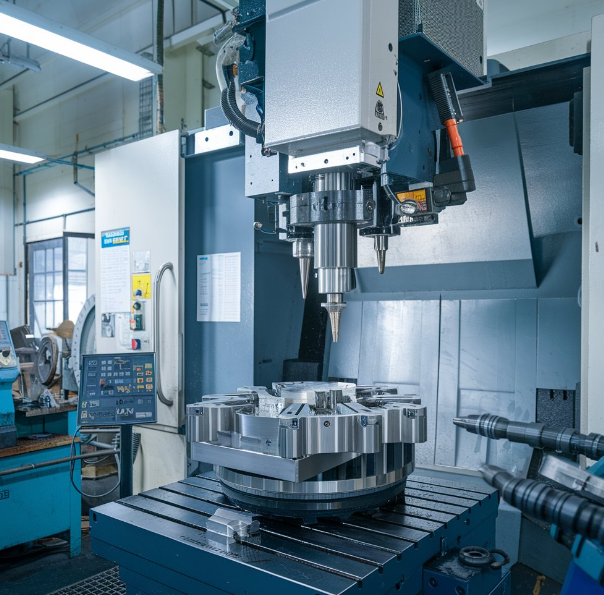 Why Choose China CNC Machining and How to Find the Best CNC Machining Manufacturer
Why Choose China CNC Machining and How to Find the Best CNC Machining Manufacturer
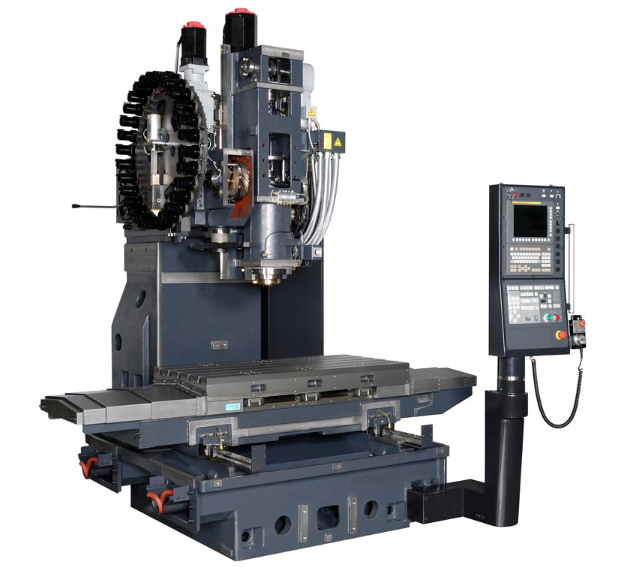 What is CNC Vertical Machining Center – VMC Machine Applications & Difference Between Horizontal Machining Center
What is CNC Vertical Machining Center – VMC Machine Applications & Difference Between Horizontal Machining Center
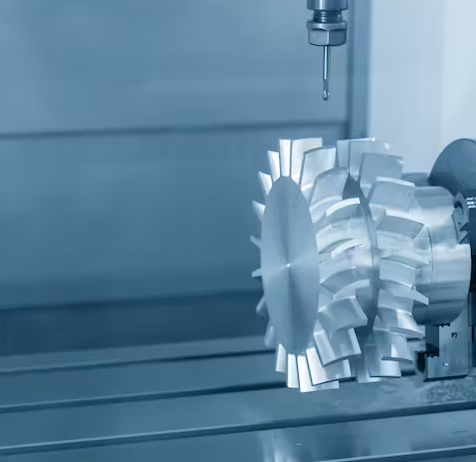 CNC Machining VS Manual Machining: What is the Difference Between CNC and Manual Machining
CNC Machining VS Manual Machining: What is the Difference Between CNC and Manual Machining
